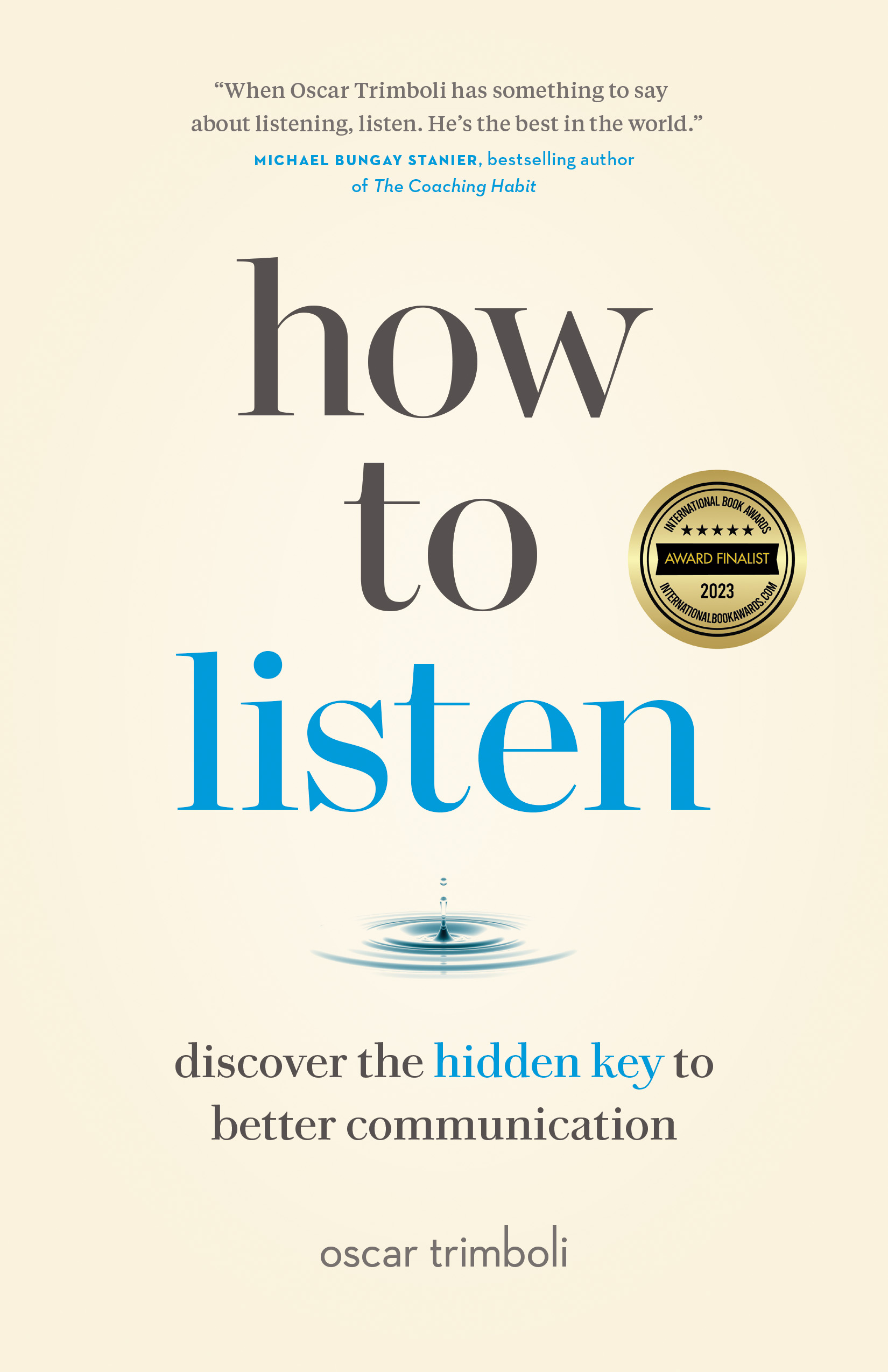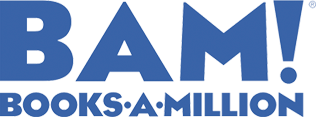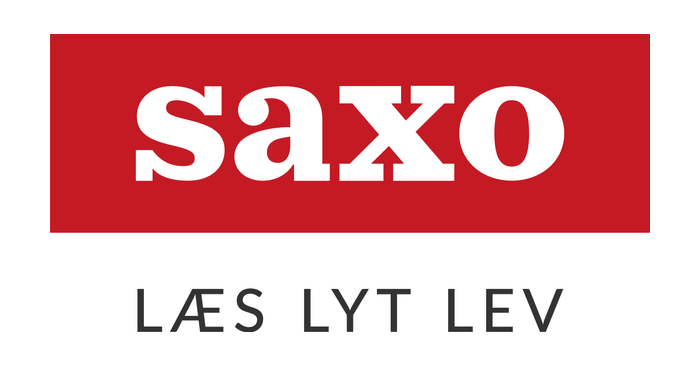How to listen discover the hidden key to better communication

If you want to be heard, you need to know how to listen.
It’s about what you hear, how you react and respond.
In short: it’s about how you listen.
And despite the fact that leaders typically spend upwards of eighty percent of their day listening, only two percent of them have ever had training in how to listen effectively.
At a time when we are more technologically linked than ever, our conversations have never been more fractured and disconnected—because most don’t know how to truly listen.
Choose which country you would like to order
An extremely practical and insightful guide to the most important yet neglected skill there is

"Listening is the most important yet neglected skill there is, and Oscar Trimboli gives us one of the most practical and insightful guides there are to how to be better at that critical skill.
Oscar comes from the business world. It was in that world that he was able to observe the costs of not listening well, and it is from that world that his approach to listening comes. Therefore, it is no surprise that his theory and examples are extremely practical and ""down to earth"", and that the exercises he suggests are - again - practical, easy to implement, and only require the will and attention to do them. And if we realize how important listening is, and how much we are lacking in that skill (all of us!), then we will find those required will and attention.
In summary, Oscar's book should be our guide to Listening: Not only is his approach to Listening deep, logical, well organized and based on real-life experience, but in this book he artfully brings it to us in a way that is easy to read, to understand and to implement. Can we ask for more?"
listening is like sex, driving and sense of humour, we all think we are good at it.

Oscar Trimboli helped me see the gaps in my listening habits. He uses great stories and easy to follow science that is woven together to help you listen and connect better with people. This is a must read for any leader.
The must-read book to improve life at work and at home!!

"How to Listen is an absolute must-read if you want to get the most out of your relationships at work and at home, and make your meetings and projects work better.
It sounds simple but it’s actually really hard to be a great listener, and How to Listen breaks it down in easy to understand theory that reads easily and it practical to use.
This isn’t a one-and-done book, it’s a resource that you’ll come back to time and time again if you are committed to the lifelong pursuit of being a good listener. A journey worthy of the effort!!"
Easy reading

This book flows very well and easy to read

"I was not sure about the book when I picked it up, since this was about listening. I thought what can Oscar inform me about listening that I already did not know from my 20+ years at work. As I near the end of this book I realized that there is a lot that Oscar has taught me about listening which is immensely useful and practical.
He gets me hooked on to the topic by providing me some scientific data from deep listening research - that we talk at 125 words per min, listen at 400 words pm, and think at 900 words pm!! This fact was something that I did not know or maybe even think about. This data clearly indicates that there is a problem inherent in communication - being unable to convey what goes on in our minds at broadband speed and finally gets choked to be delivered at dial-up speeds! I absolutely loved this piece of knowledge.
Then he goes on in detail to provide lot of inputs about how to focus on the unsaid parts in conversation and listen for the meaning in it. All of it is substantiated with lots of examples and conversations.
This is definitely a great resource for everyone especially leaders who need to be using this skill a lot!"
Packed full of Insights to help better communication

One word, AMAZING! So much value is packed into one book, with beautiful explanations and actions to deepen your listening. Each page is loaded with information you can apply straight away to become a more impactful listener. How to is a must-read. The content is accessible across all ages and stages, sectors and professions. This is a genuinely global book from every perspective. This is a must-read!
A practical guide that gets beyond the obvious stuff…

Most listening advice bends towards transactional tactics like eye contact, asking questions, or summarizing. Oscar has always been a leader in helping all of us to do better by listening for meaning. This book is a practical guide for meeting people where they are -- and then opening up bigger ranges of possibility.
Listening is a life skill

"When it comes to skills that we are taught, and learn, listening somehow gets overlooked.
Maybe the assumption is that we have two ears, so of course we can listen. But most of us hear. Without listening.
And this is where Oscar Trimboli's new book comes in. It makes you stop and reflect on how well you listen. And at what level you listen.
Who knew that we think at a speed way higher than we talk. No wonder people tire of waiting to hear what the person opposite them says, and jumps in with their response. Yeah, not really LISTENING.
This book will help you, through the use of some exercises, to slow down, and consider how well you really know ""How To Listen""."
A must-read for anyone who wants to be a better communicator

I am a big fan of the work of Oscar Trimboli. His information is practical and applicable. I enjoy both the audio and text versions of the topics, and other accompanying resources make learning with Oscar a deeper experience (such as the podcast).
Listen to Oscar Trimboli!

I've been listening for 73 years, and in the last six weeks I have learned to listen in ways I never had before. In "How to Listen," Oscar takes the reader on a listening journey, offering insights into gaining deeper and deeper listening skills as we move through the pages. This is not a book to speed read; it is a book to listen to and reflect on. I had not doubt Oscar knew what he was talking about when reading the book. At its conclusion, I had the opportunity to discuss "How to Listen" with him on the Change Management Review podcast, and experienced Oscar's deep listening. I highly recommend "How to Listen" to anyone who want to form a deeper connection with others in their lives.
Loved 'How to listen' by Oscar Trimboli

What I love about Oscar Trimboli's 'How to Listen', is the depth that his own research adds. Oscar raises aspects of listening I have never considered. I will be incorporating his insights into my own communication as a mediator and coach. I have already recommend his books to many coaching clients, and teams I am currently working with. LOVE this book.
Practical and profound.

"Practical and profound. Oscar Trimboli delivers a thorough, well-researched and well-told manual for how listen. He expands on the model from his first book, Deep Listening, after a deep consultation of some 2500 listeners from around the world. The stories he includes add depth and richness, and the weekly activities bring the insights to life for each individual leader.
Every leader needs to read and practice these skills; leadership of the future depends upon mastering this foundation. Useful, insightful, and recommended."
The paramount book on listening

This is the book you were looking for. This is the paramount book for how to understand listening and what strategies to use to increase our ability and capacity to listen more deeply. As a leader, this has helped me guide my own listening and to help our team develop some skills to become more active and engaged in their daily communication.
Powerful and Deep

I am a big fan of the work of Oscar Trimboli. His information is practical and applicable. I enjoy both the audio and text versions of the topics, and other accompanying resources make learning with Oscar a deeper experience (such as the podcast).
A must read for anyone who would like to improve listening

Oscar, in this book, has very craftly defined multiple stages of listening. The frameworks and workbooks are very handy and practical. Listening for meaning was one concept that really stood out and changed my mind the most.
Powerful insights to improve everyday communication

You won't find a more comprehensive, better researched, or insightful guide to listening than this book. Packed with insight and yet delightfully easy to read, Trimboli's book captures the human dynamic of listening with vivid examples and gorgeous prose. Some of my favorite ideas: "It's not just your ears that are a powerful listening tool. It's your entire body" (p.45) and "treat silence like a complete word" (p.202). I can attest that the author lives by his creed and is a listener par excellence. Get a copy for yourself and give another to someone you care about deeply. After reading this book, it's impossible to return to the conversational status quo. You'll not only understand what others are saying - you'll help them better understand themselves as well. Highly recommend!
Completely changed my mindset!

"I adore the work of Oscar Trimboli, who has a mission to create 100 million deep listeners in the workplace. His latest book, How to Listen, is full of incredible stories, insights, perspectives, and actionable advice.
I got so many takeaways from this book (which you can see from all my page flags!) My three main takeaways were:
1. ""Listening starts before the conversation commences."" I loved the advice Oscar provided about how we prepare ourselves to listen and how we can prepare others to listen to us.
2. Learn to dance skillfully with distractions. Distractions will always occur, so there were a number of different tools shared about how to leverage then, versus trying to eliminate them.
3. ""Great listeners influence how speakers tell their story."" This was a great mindset for me around how I am listening to others. Am I doing it in a way that is really allowing others to tell their story in the way that they want?
I really enjoyed this book, and it will have a permanent home on my bookshelves. I can see myself reading it multiple times and using the ideas regularly in the workplace."
Full of valuable nuggets that will boost your effectiveness in all areas of life.

Listening is one of the most powerful, yet underrated aspects of effective communication in all areas of our lives. It is key to making strong connections with others, which are necessary for success and fulfillment in not only our workplaces, but in all aspects of our lives. Even though I thought I already knew quite a bit about listening, the author takes it to a whole deeper level. This is a book will become dog eared from constantly referencing it for valuable nuggets that I will use, not only in my public speaking, but in all areas of my life.
An absolute must for leaders

How to Listen is FULL of pertinent stories, guidance, science, research, and practical tools to help you practice the theory of listening. It's the book that takes the knowledge so you can have real-world skills that will transform any situation which requires you to listen into one where real impact happen. Not a book to speed read through, it is one to go through with great intention, chapter by chapter, practice by practice. I absolutely believe that all leaders should read this book, bringing full-body listening into the workplace. It should be required reading, really, for anyone in a role that requires listening to understand...not to reply. I absolutely recommend this book and then some.
Enjoyable, thought provoking and bridging knowledge and practice

I thoroughly enjoyed How to Listen, there were many many takeaways and insights that I’ve shared with others. There’s so much we can learn from engaging with this book, the way it is written encourages the reader to reflect deeply about their own habits and practices. Highly recommend.
Powerful beyond words…

I am reminded of the video of the child receiving a hearing device and reacting to the sound of a parent's voice for the first time - How to Listen triggers the same response. Not surprising that we spend most of life and energy on the "out breath" (talking) and so little on the life-sustaining "in breath" (listening). The author does a great job explaining, relating and unpacking. I started with the audio version and was so compelled I added the book. Rock solid and transformational...
This book is magic

Oscar Trimboli’s work will change your life. This book combines well-researched data along with everyday insights to help you listen better. Through better listening you’ll become more effective at work, develop more meaningful relationships, and learn to truly hear what people are saying.
Insightful and practical

I work with executive and senior leaders to help them unlock the value in their people, brands and organisations through better alignment and communication. At this core are conversations to explore perceptions, seek out truths and differences, and create shared understanding and meaning. None of this is possible without respectful and intentional listening. And this takes effort and practice. How to Listen is the perfect guide to help leaders and communicators understand and learn what to do and how to do it.
Resources
The Apple-award-winning podcast
Learn from hundreds of the world’s most diverse workplace listeners, including deaf and foreign language interpreters, air-traffic controllers, judges, journalists, hostage negotiators, deaf and blind leaders, musicians, and language experts.
90-day listening challenge
one email each week to help you to practice and sustain your listening, including:
- Creating the right space to listen to yourself first, before you try to listen to anyone else
- Understanding and using the 125/400 Rule and 125/900 Rule to facilitate powerful dialogue
- Shortening meetings, conversations, briefings, and consultations
- Using the 5 Levels of Listening to maximize the impact of everyday conversations
Listening Quiz
The Deep Listening Quiz will help you identify your Listening Villains and provide you with a clear understanding of your number one listening barrier. It takes around 7 minutes to complete.
The quiz is designed to explore your listening in the workplace – in organizational and business situations from the perspective of the English language.
When you complete the assessment, you will discover your Primary Listening Villain
Consider This:
- Everyone can see in color, yet we all listen in monochrome.
- You spend 55% of your day listening, yet only 2% of people know how to listen.
- The Cost of Not Listening is confusion, conflict, and chaos.
Additional resources
You can access is a 5-page personalized Deep Listening Report. In this report, you will learn about
- When you apply the recommendations from this report, you will gain 1 hour a week back in your schedule
- A detailed explanation of your primary and secondary listening barriers based on your quiz results.
- Three tailored tips to improve your primary listening barrier
- One additional tip to make progress on your secondary listening barrier
- Access to the Deep Listening Ambassadors Community, a monthly webinar where you can practice your workplace listening with like-minded professionals
Teams and Organizations
If you are a leader of a team, teams, departments, or organizations, you can create a range of cohort-specific listening quiz codes to generate aggregated insights across
- Teams
- Departments
- Locations
- Countries
Deep Listening Ambassadors Community
The purpose of the Ambassadors Community is to create 100 million Deep Listeners in the world. The community meets regularly across three time zones to practice:
- Being a listening role model in your community, rather than a perfect listener
- Creating a connection with workplace professionals in different industries, professions, countries, and cultures
- Being better than the last conversation
The Ultimate Guide to Listening in a Video Conference
Being a meeting host is a unique responsibility. You are expected to create an environment where every participant is engaged and contributing throughout the video conference.
Deep Listening
A pocket-sized book to improve your workplace listening
Deep Listening practice cards
These cards will help individuals and teams learn to listen in three ways: individually, in pairs, or in groups.
Deep Listening: Impact Beyond words – Paperback book & Practice cards
Deep Listening Masterclass Program
For leaders in the workplace who are stuck in back-to-back meetings and are trying to figure out how to get time back in their schedule. Deconstruct how to listen in the eight meetings:
- Planning
- Team
- Performance reviews
- Progress meetings
- Professional development
- Pudget-setting
- Restructuring,
- and Employee engagement.



















